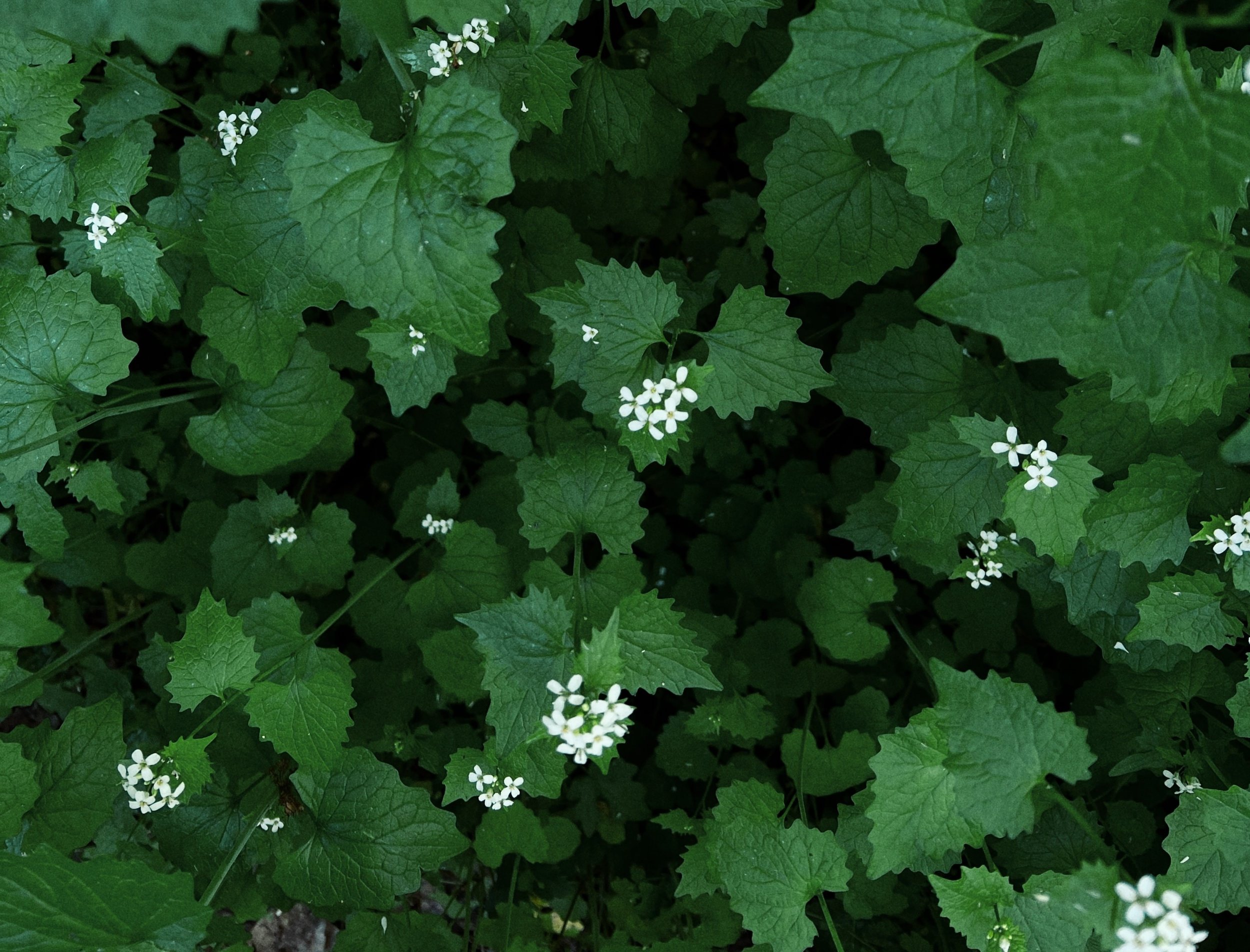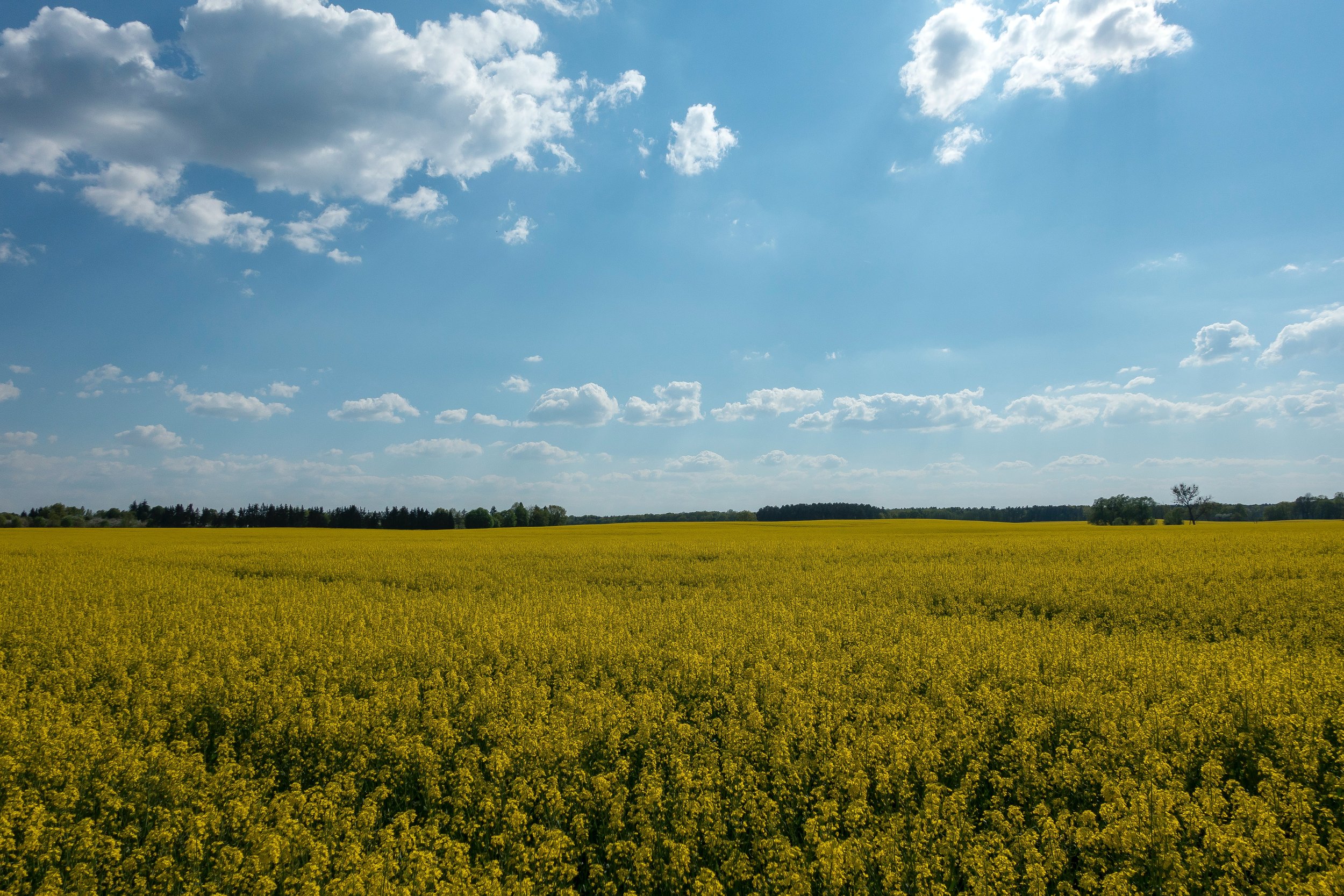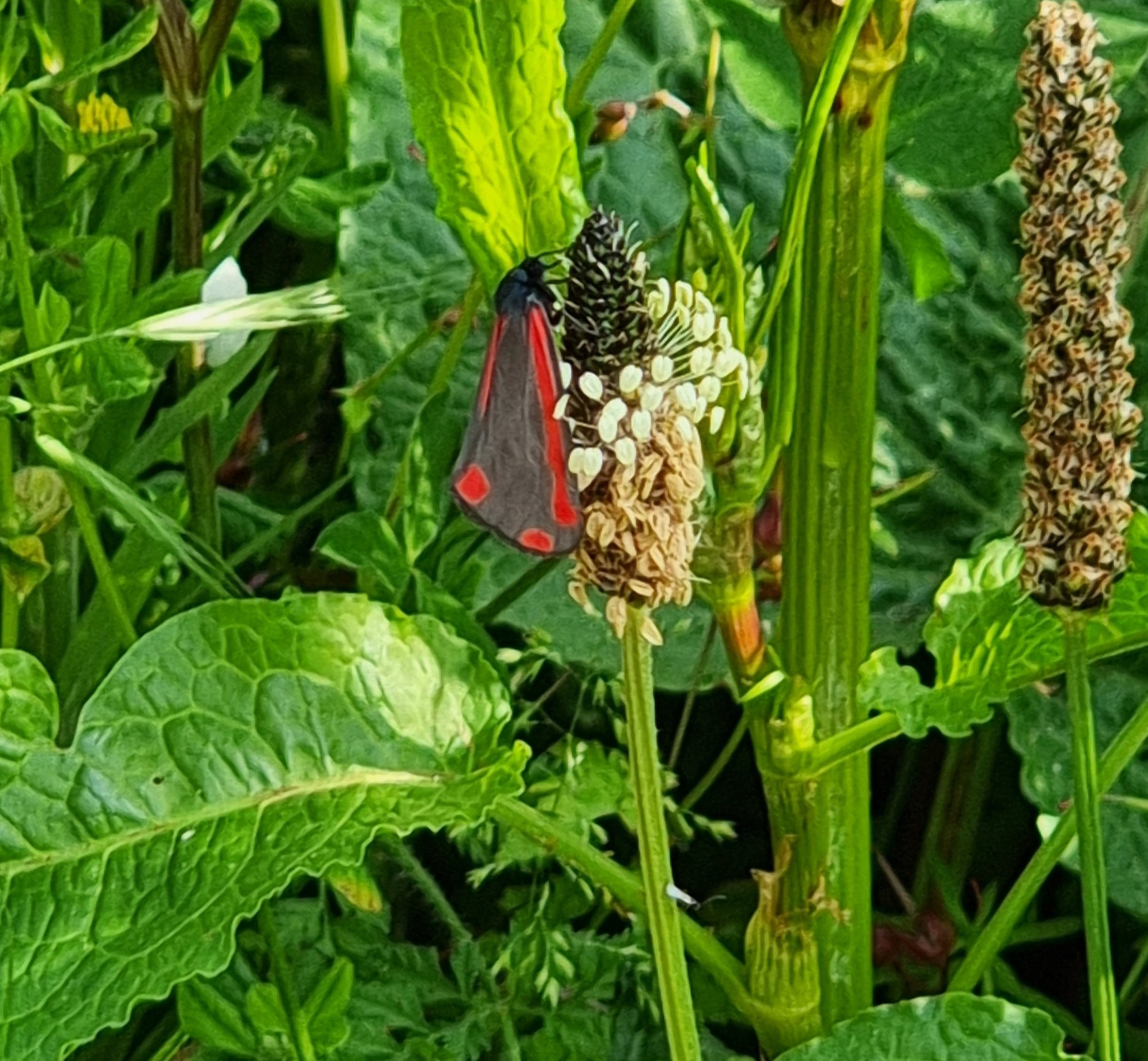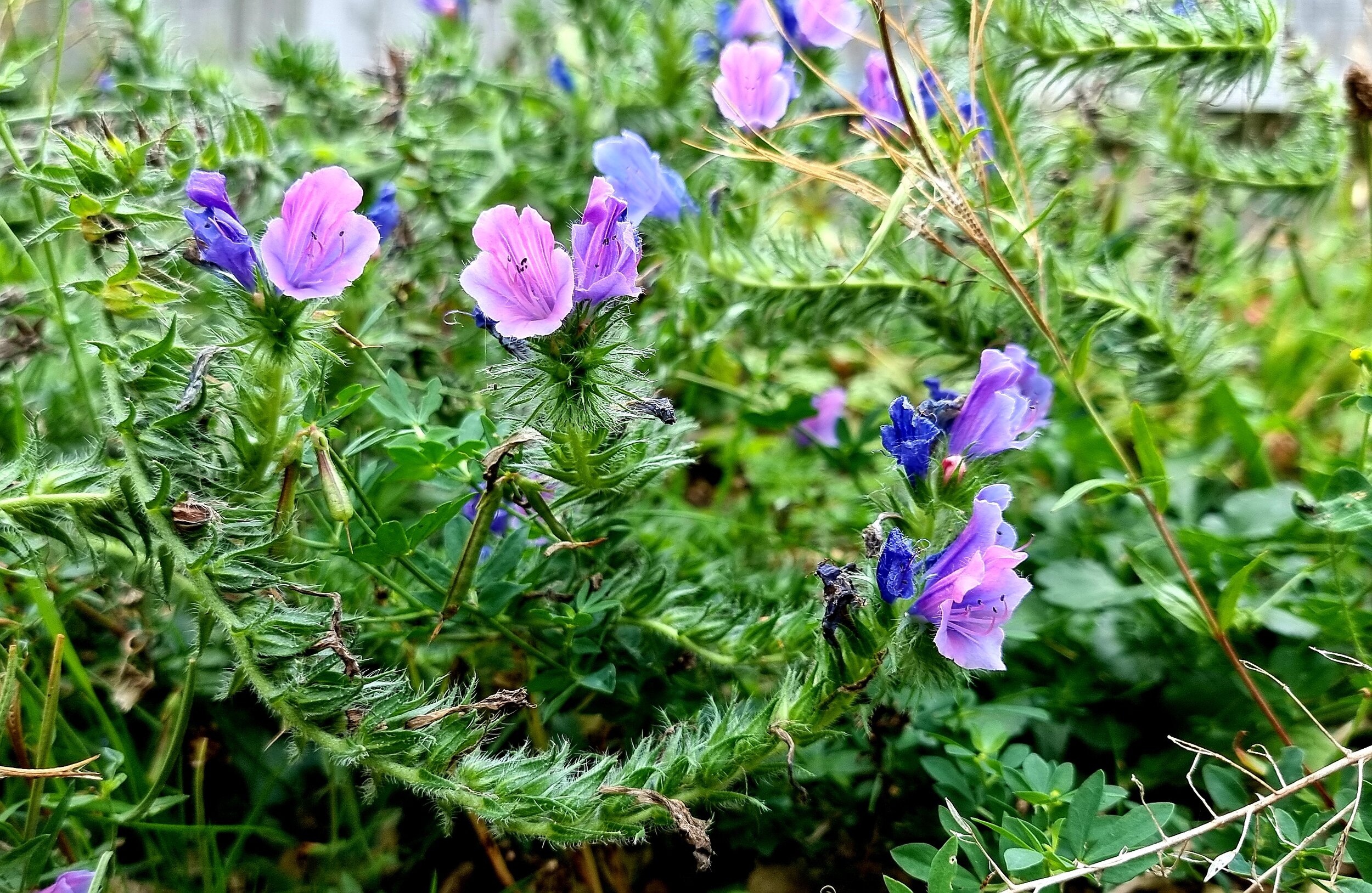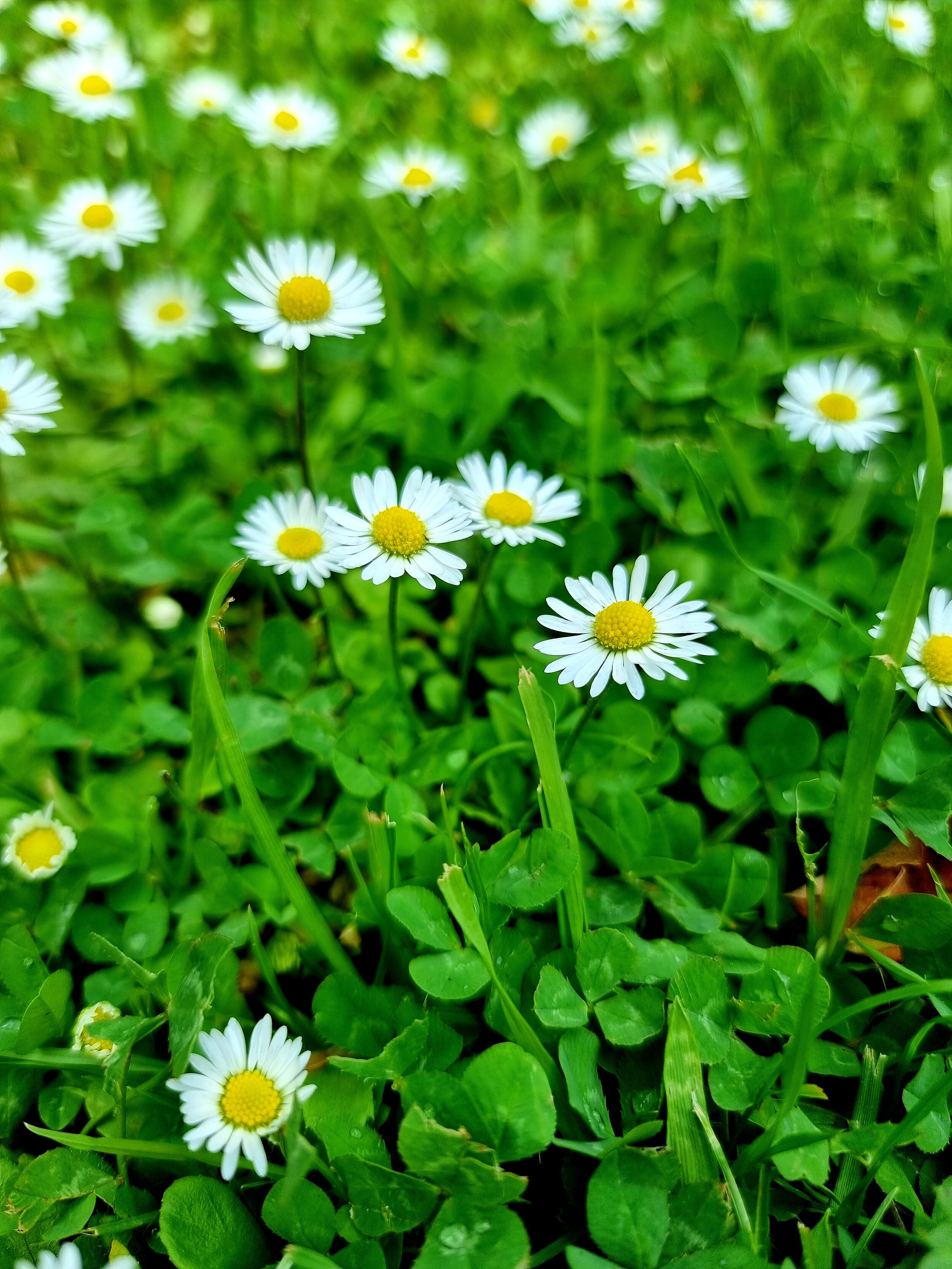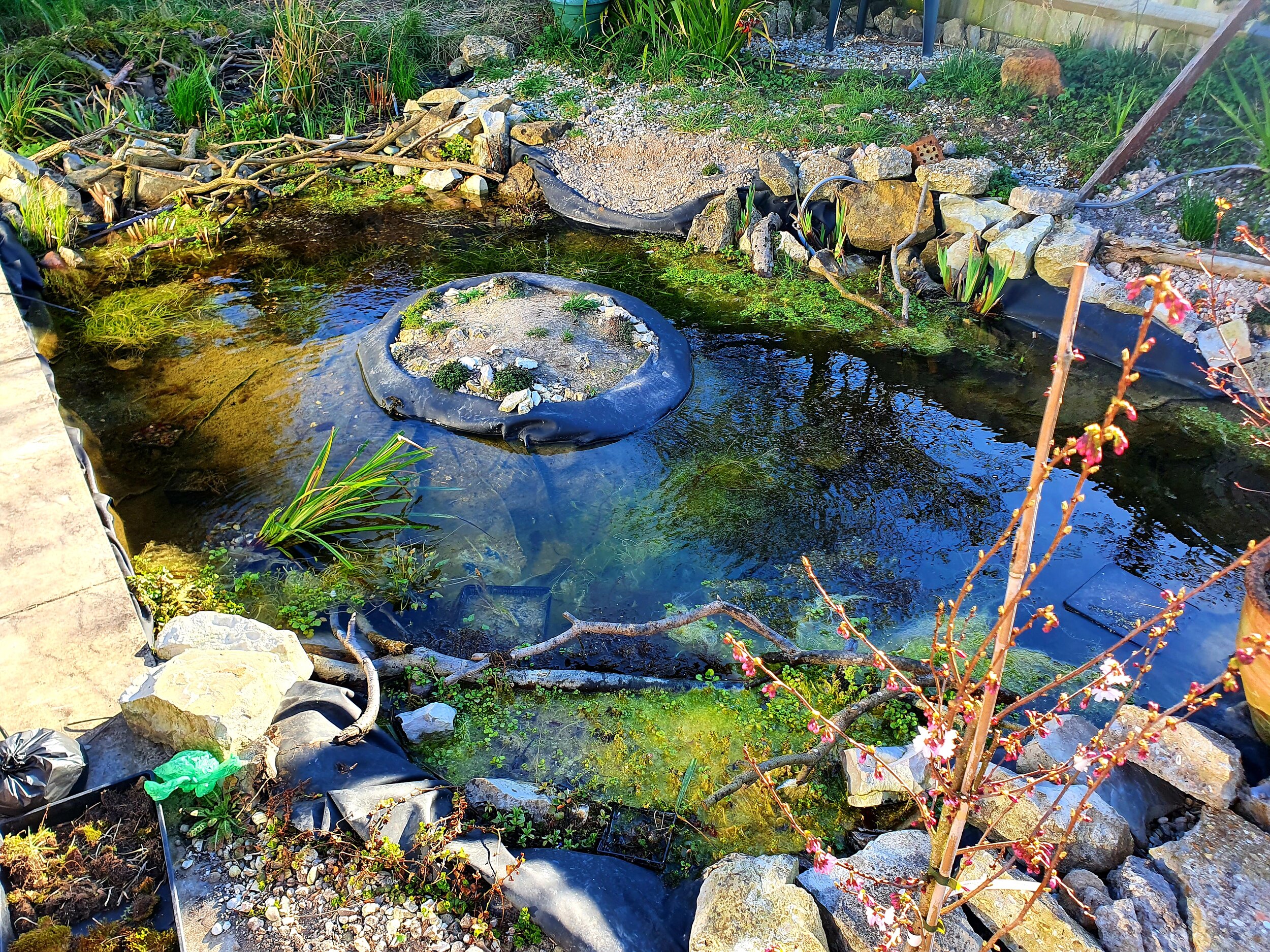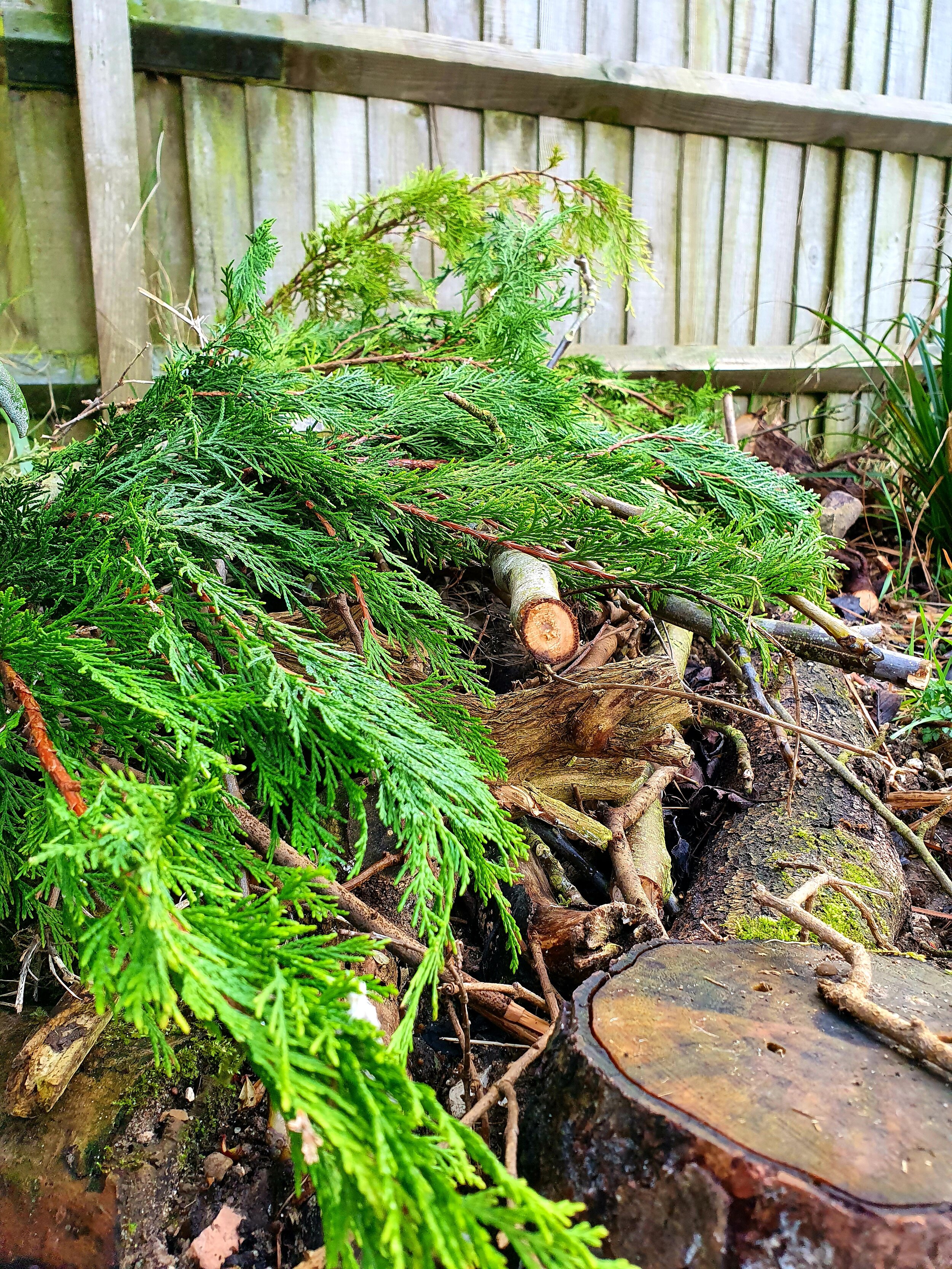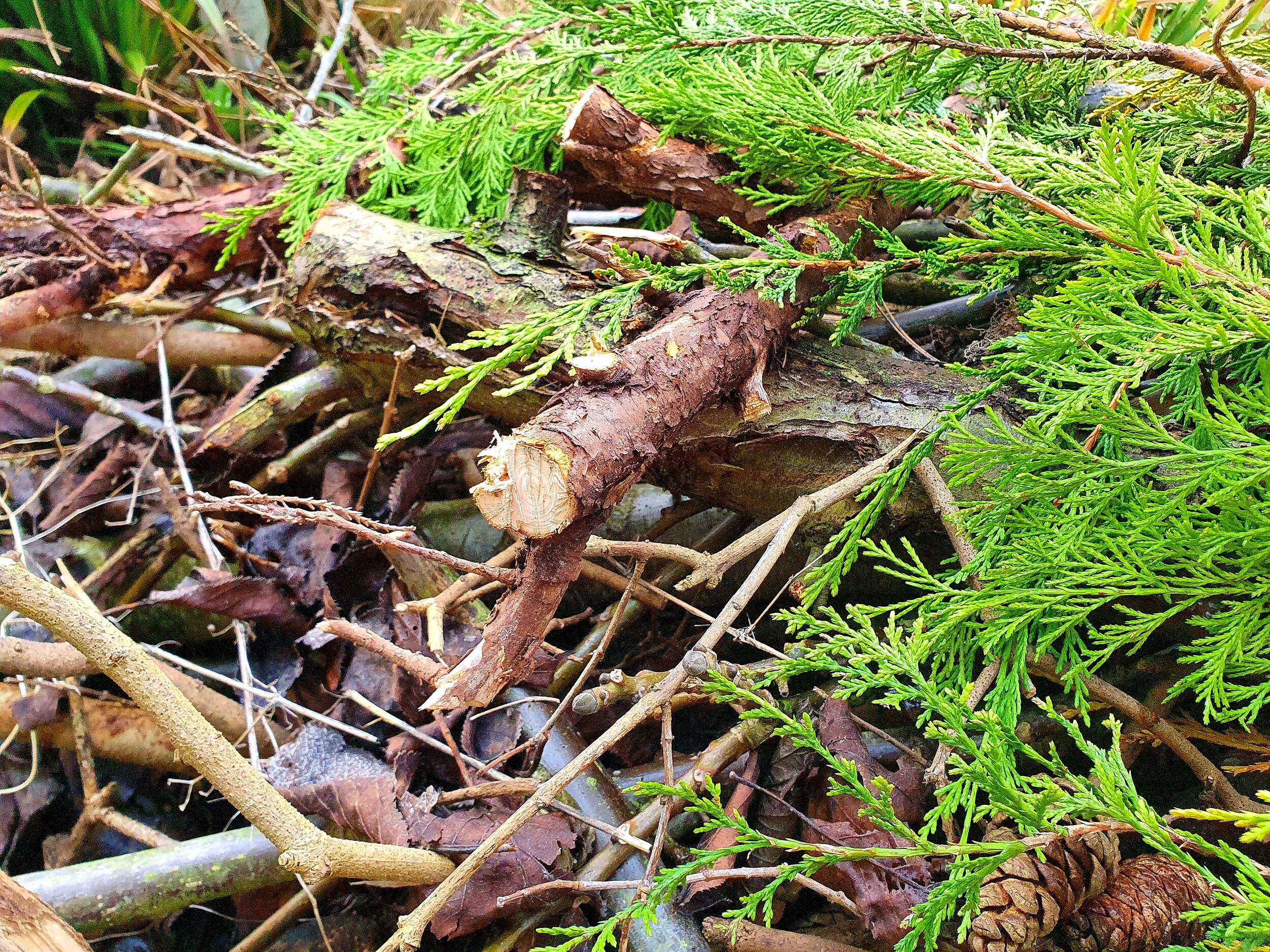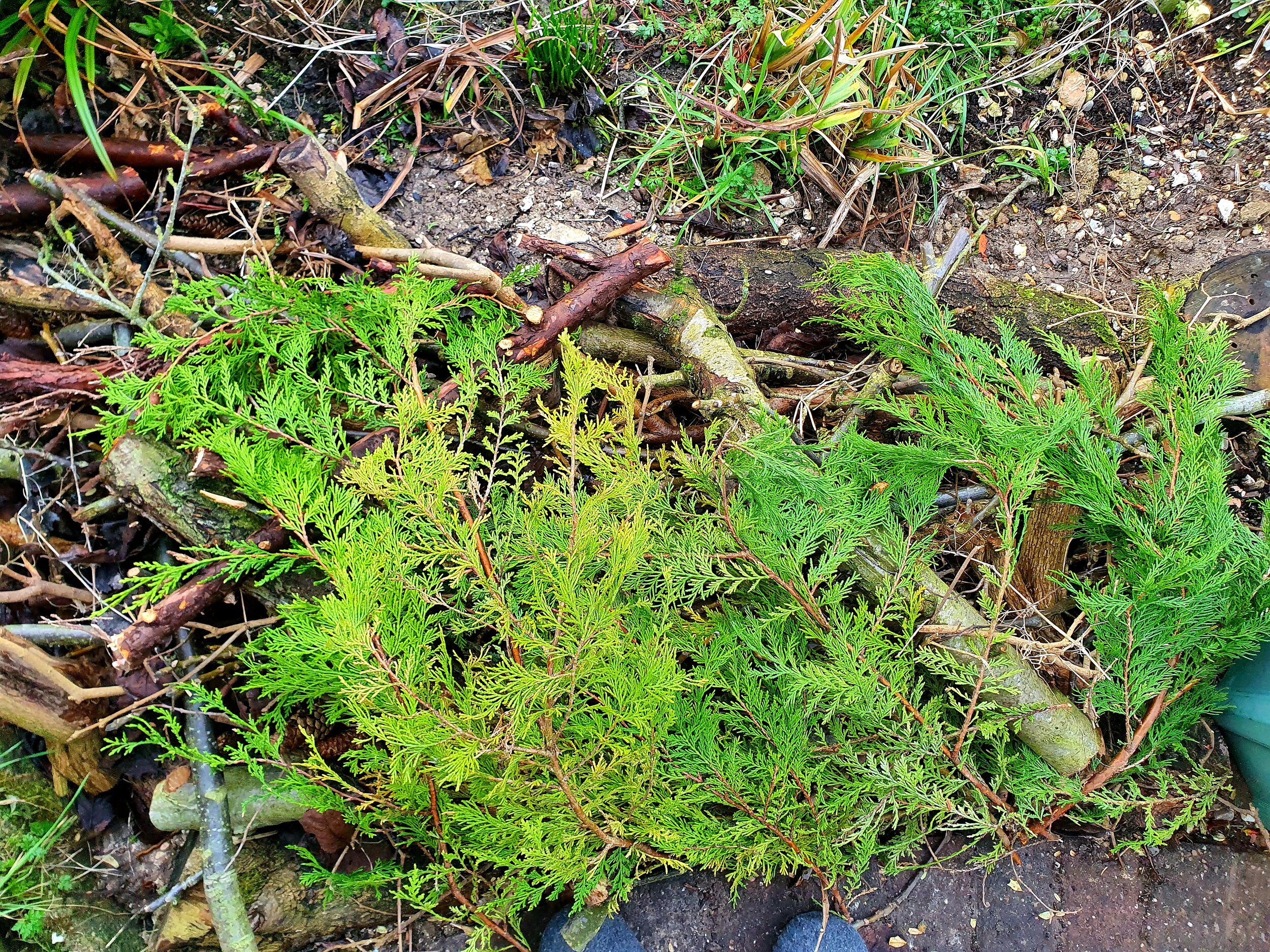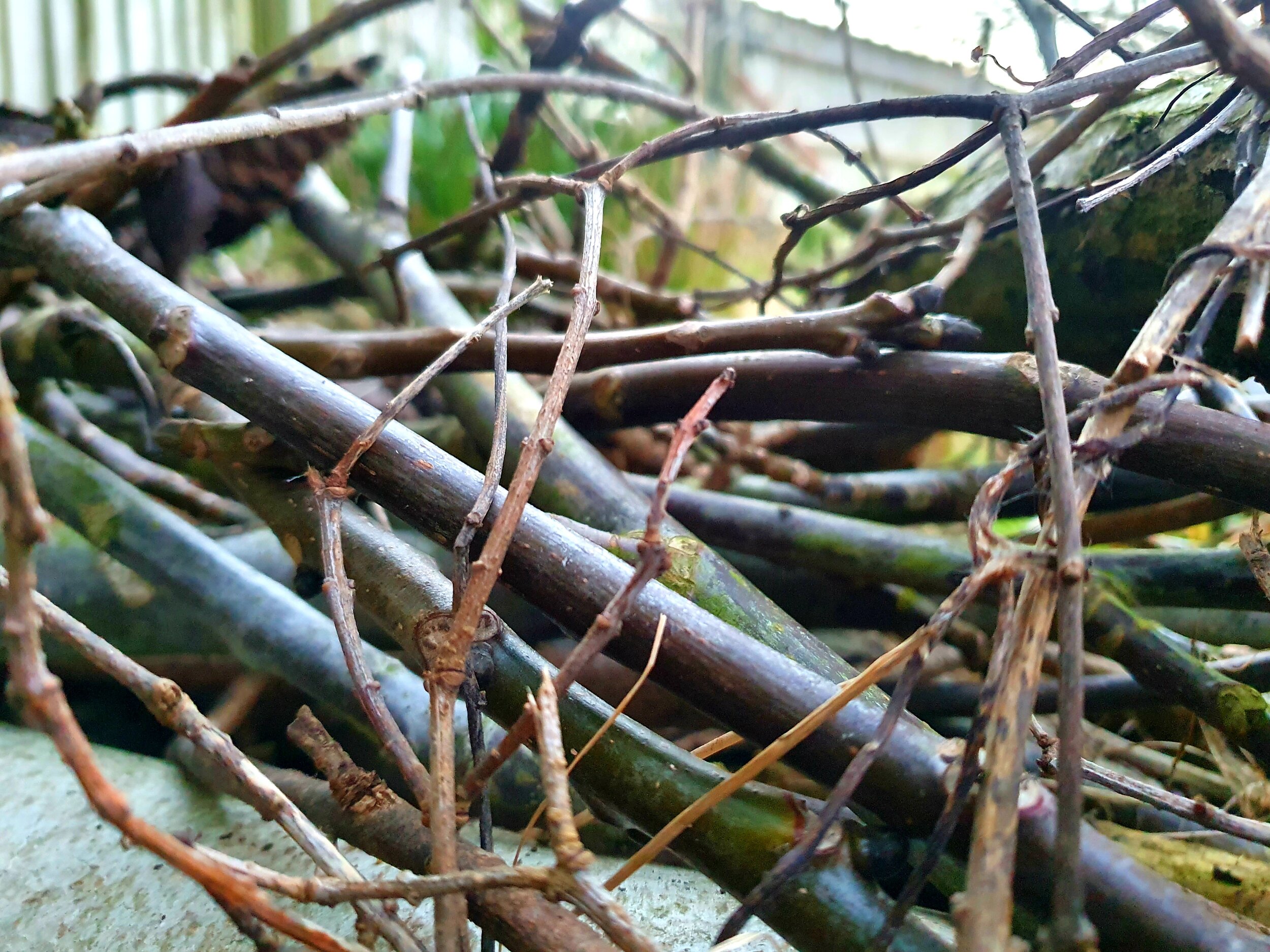Our ‘green and pleasant’ land, they call it.
Rolling, manicured hills and great expanses of cereal and grass frames our view and dominates countryside postcards. It’s all a story, fixed in place, and a chapter in the book we call ‘our heritage’.
Our identities and cultures are defined by the stories we tell ourselves. And they are just stories. In doing so, we screen out the inconvenient realities; we shroud horror in smoke and mirrors. But when you peel back the layers, you eventually get to the truth.
One such story, is the myth of beauty. For the majority of the Global North, beauty is order. Beauty is a closed door. It’s a perfectly presented steak, not the miserable existence of the cow and everything that has been polluted and destroyed just to keep it alive long enough to be exchanged for cash.
Beauty is our green and pleasant land.
This is a land I have walked for many years now, and in my younger days I was consumed by the story. How beautiful; how idyllic; how peaceful.
Now, I walk the fields heavy with grief, as I catch barely a glimpse of life and gaze at the hedgerows, torn apart by mechanical saws.
What might it have been like to traverse these lands 200 years ago? 20,000 years ago? When we had rich woodland, and dense hedgerows, and wetlands bursting with life. We in Britain are so obsessed with heritage, and of looking backwards, but it seems we’re selective about how far back to go. Is our heritage 100 years ago, when everyone ‘knew their place’, or was it 20,000 years ago when we cared about the natural world?
Human beings are just life forms. Life usually wants to do several things. Firstly, it wants to keep living. Secondly, it wants to reproduce. Thirdly, it wants to thrive. Humans aside, every other life form that exists and has ever existed has relied on the delicate machinations of its environment. Healthy ecosystems are rooted in natural checks and balances. If an apex predator eats all of its prey to extinction, it too, will go extinct. If a mycorrhizal network is disrupted, the plants in its chain will suffer. If a single plant smothers out the rest, pollinator numbers plummet.
Let’s look at life’s three priorities.
The key difference between a human being and a gnat is brain capacity. That brain capacity has enabled creativity, invention, and agency (we may decide that reproduction is not for us, for instance). It’s also enabled destruction and havoc.
Over time, humans removed themselves from the equation of nature. We started playing with a made-up thing called money. We built factories. We consumed. In time, our priorities have shifted away from that of the rest of the natural world. What of living? What of thriving? It cannot be said that we are truly doing either, at least not without a hefty price.
We have forgotten how to thrive because we’ve severed ourselves from the very thing that enables us to. Nature is the ‘other’. Nature is ‘lesser’. Nature as a ‘nice thing’ but only background noise as we grind towards - ultimately - nothing.
We’ve been quite successful at living, but it’s been an extortionate transaction. And is it really living, when we’re just taking cues from a rulebook? ‘We are helpless’. ‘We need to buy things’. ‘We are better than nature’. ‘We are better than you’. All the world’s a big, dilapidated stage.
In elevating ourselves above everything else, we have allowed for the wanton destruction of our natural environment. We have developed Stockholm Syndrome with consumerism. Wildlife is disappearing before our eyes. We are in a narcissistic, abusive relationship with the natural world. Extract, dismantle and systematically destroy. We throw it a bone every now and then. We might plant a few trees or plants. This is well-meaning but does it just vindicate business as usual?
And business as usual is beautiful. Please, please let nothing change.
Our green and pleasant land is beautiful.
Is beauty a toxic field with dead soil kept on nitrogen life support? Is beauty a river choked with plastic and sewage? Is beauty the loss of 40m farmland birds, and a fifth of our pollinators? Is beauty the inevitable extinction of countless birds, mammals, insects and plants? A world so hot that in our lifetimes there will be millions of environmental refugees, on top of millions of others who have already been displaced due to climate or weather events?
All in the name of economic growth! A system based on a made up concept (money) that has improved one species’ quality of life to the detriment of everything else.
Our system wants to capture this and enshrine it so deeply within our existence. I can see it now, an exhibit in the heart of Number 10. You arrive as Rishi Sunak pops out to open a new coal mine. Behind a velvet rope, you notice a diorama, a rich tapestry of green. You can press a button to ‘activate economic growth’ and the scene is enveloped by drab grey, replete with tiny miserable humans. Beautiful. The British people don’t want a general election. The British people want this.
Don’t they?
‘Change is as good as the rest’, they say.
That’s underselling it.
Change is terrifying and life-changing.
But maybe change will help us truly understand what beauty is.






